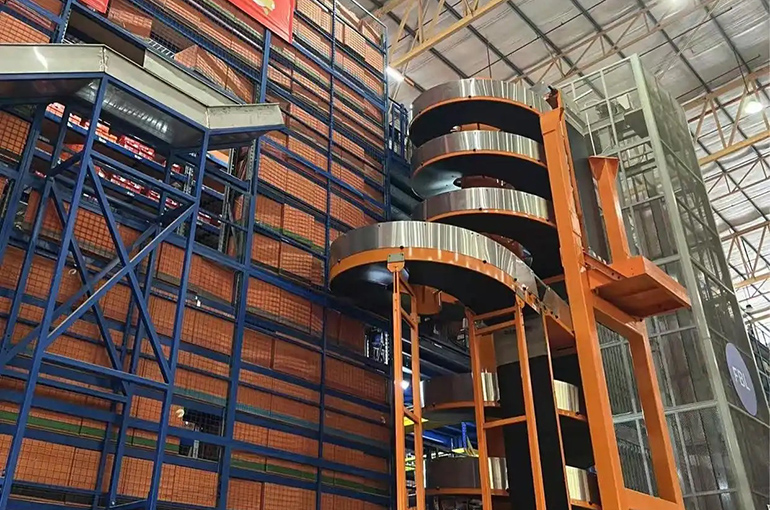 Chinese Logistics Firms Tap Smart Tech, Local Teams to Go Global
Chinese Logistics Firms Tap Smart Tech, Local Teams to Go Global(Yicai) July 31 -- Chinese logistics companies expanding abroad are blending Chinese-style operational models with locally hired staff to strengthen their global presence. By leveraging technology and embracing localization, these firms are quickly gaining traction in overseas markets.
Cainiao, the logistics arm of e-commerce giant Alibaba Group Holding, for instance, runs a warehouse in Malaysia that has a very similar set up to its warehouses in China. Fast-moving products are stored on lower shelves, slow movers are higher up, and there is rotating equipment that can quickly sort items during peak times. But most of the staff are local.
The warehouse in Malaysia includes a prayer room, allowing Muslim employees to pray daily, Yicai noticed. On Fridays, the company even gives staff a half-hour break to attend mosque services. Some workers also wear religious attire on the job.
Smart tech, such as smart warehousing, automated production lines and intelligent order batching, are also boosting efficiency. Smart warehousing refers to the system-based storage of goods, which enables them to be rapidly moved in or out of the warehouse, improving the utilization of storage space and allowing more items to be stored. Intelligent batching merges similar orders and ships them out using a first-in, first-out system, making the whole process faster and more efficient.
Outbound deliveries from the Malaysia warehouse used to take two to three days to process, but now with the new tech, orders can often be shipped the same day, cutting the timeline by at least a day, said Bruce, Cainiao's global supply chain manager for Singapore and Malaysia.
However, Chinese logistics firms still face some tough challenges when going global, and localization is the key to running more efficiently, said Bruce, who took on his new role in January.
In Malaysia, Cainiao adopts a “warehouse-centric collaboration” model. Instead of handling last-mile deliveries directly, the Hangzhou-based firm works with local third-party providers, Bruce said. This is because Malaysia’s delivery culture leans more toward pickup points than door-to-door delivery, and there are also compliance restrictions involved.
Site selection is another challenge. “Warehouse resources in Malaysia are unevenly distributed and they come in different grades,” Bruce said. “You need to choose the right warehouse type and location based on your product categories and business needs. Also, many warehouses are built in big clusters, so picking the best location within those can be tricky.”
To address this, Cainiao has assigned a specialized warehouse selection team to Malaysia, which has over a decade of experience in China and has been working in Malaysia for two to three years. The team is steadily growing.
Despite the hurdles, the business volume at Cainiao’s Malaysia warehouse has surged several times since January.
Editor: Kim Taylor